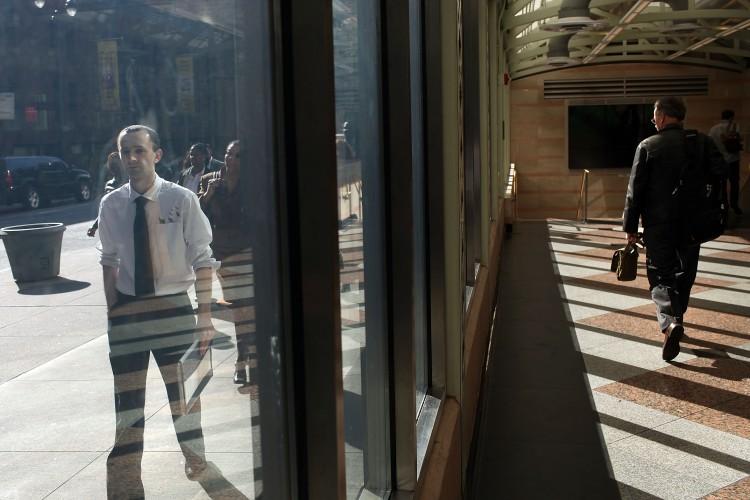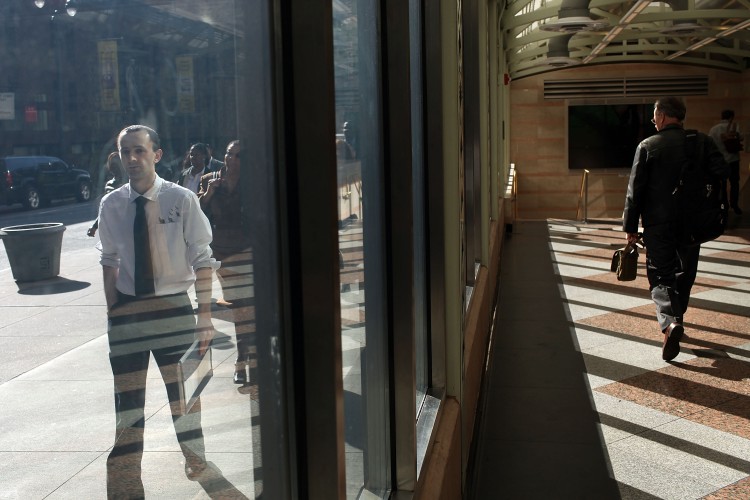The Curious Case of Vanishing U.S. Jobs
The unemployment rate in the United States still hovers around 9.1 percent, yet the U.S. federal government still allows companies to bring in foreign workers under its foreign worker programs with the excuse that local talent is not available.
|Updated:





